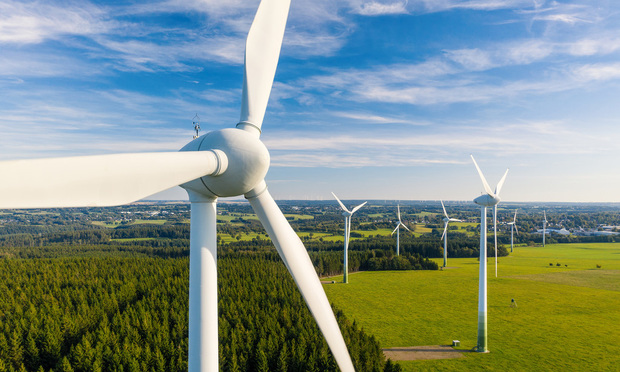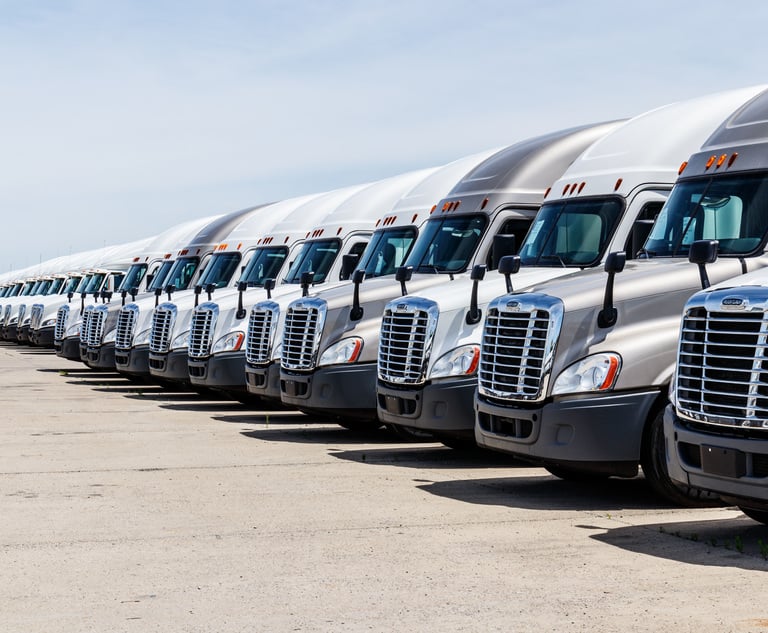 From 2000-2019, the average rotor diameter of an onshore wind turbine blade in the U.S. increased from 48 meters to 121 meters and the average hub increased from 58 meters to 90 meters. As turbines increase in size, so does the value of any one individual claim. (Credit: engel.ac/Adobe Stock)
From 2000-2019, the average rotor diameter of an onshore wind turbine blade in the U.S. increased from 48 meters to 121 meters and the average hub increased from 58 meters to 90 meters. As turbines increase in size, so does the value of any one individual claim. (Credit: engel.ac/Adobe Stock)
Developments in wind turbine technology have been one of the key drivers in reducing the cost of renewable energy production and fueling the growth of the wind industry over the past decade.
Want to continue reading?
Become a Free PropertyCasualty360 Digital Reader
Your access to unlimited PropertyCasualty360 content isn’t changing.
Once you are an ALM digital member, you’ll receive:
- All PropertyCasualty360.com news coverage, best practices, and in-depth analysis.
- Educational webcasts, resources from industry leaders, and informative newsletters.
- Other award-winning websites including BenefitsPRO.com and ThinkAdvisor.com.
Already have an account? Sign In
© 2024 ALM Global, LLC, All Rights Reserved. Request academic re-use from www.copyright.com. All other uses, submit a request to [email protected]. For more information visit Asset & Logo Licensing.








